Groupe PSA report: Connecting a supply chain par excellence
PSA’s vision of end-to-end supply chain planning will help support its global expansion and acquisition of Opel, as the combined operations roll out some 59 new model launches by 2021
Groupe PSA special report: Refait à neuf
-

Groupe PSA special report: Refait à neuf
-

Groupe PSA report: Chef d’orchestre prepares to begin a new movement
-
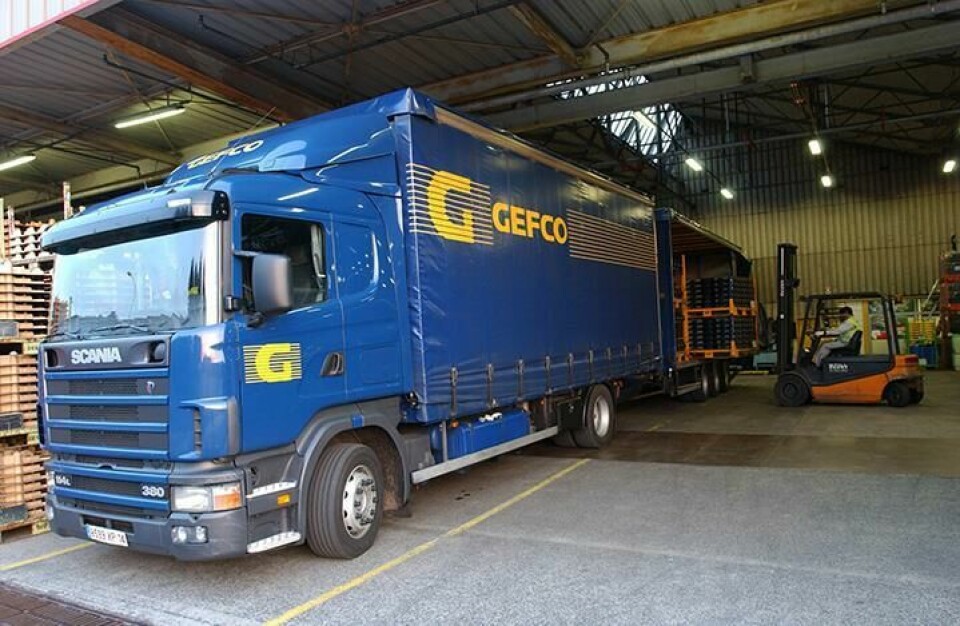
Groupe PSA report: Connecting a supply chain par excellence
-
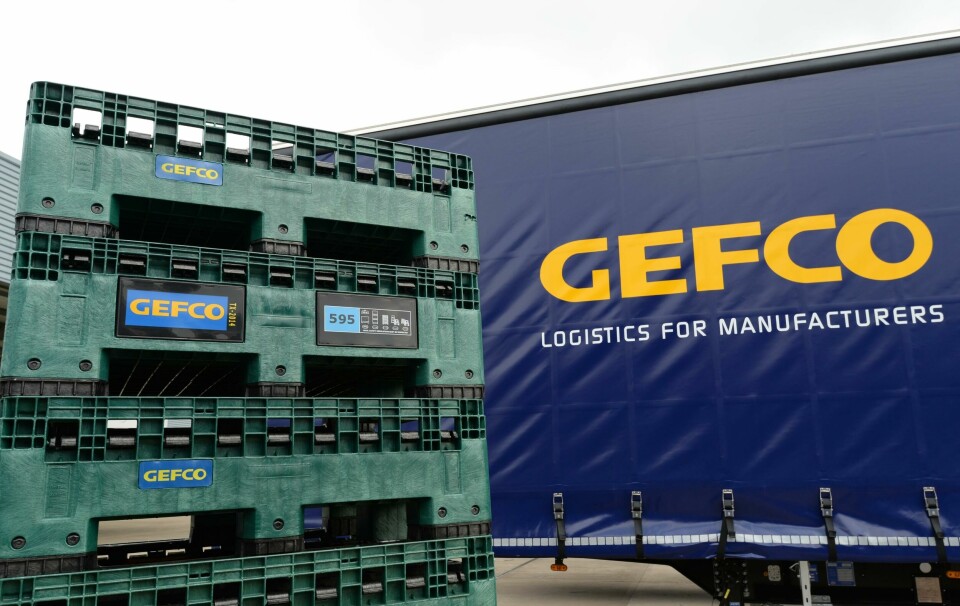
Groupe PSA report: Engineering logistics partnerships
-

Groupe PSA report: A partnership of choice for Gefco and PSA
-
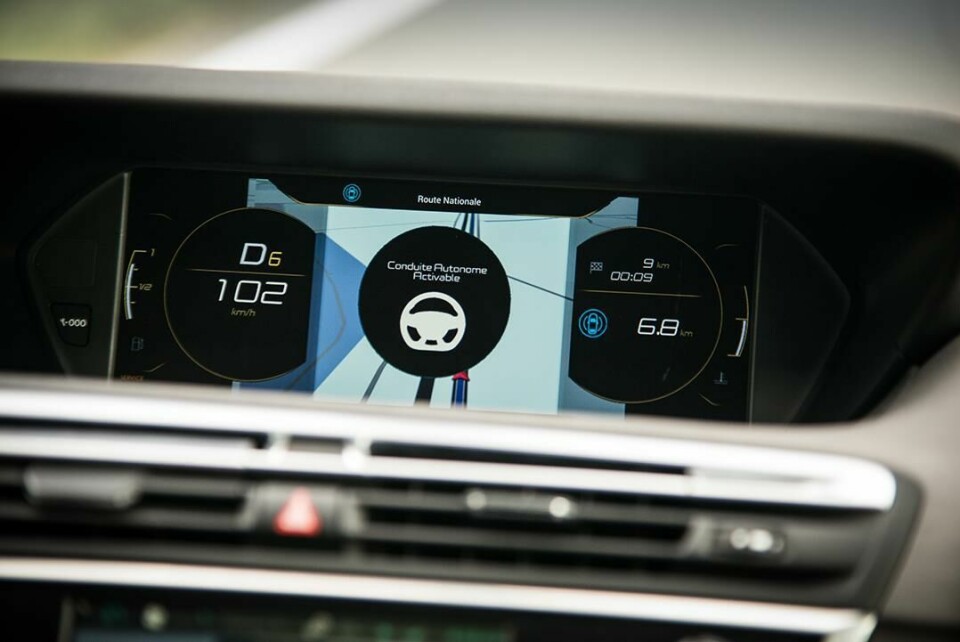
Groupe PSA report: Full throttle towards pole position
Francesca Gamboni seems an excellent senior management fit at Carlos Tavares’s re-energised PSA. Tavares, himself Portuguese and a long-time Renault executive, also wanted to break PSA out of its traditional mould. Under him, it is shifting from a low-cost volume player in France and western Europe into a more flexible, more international competitor with premium overtones. With the coming integration of Opel/Vauxhall, as well as new plants under construction, this ambition is being felt across the supply chain.
Tavares has also instilled a target-driven management, with priorities in benchmarking PSA against competitors and other industries in areas including productivity, product quality and aftermarket service. Now he and the management board want the same for the supply chain and logistics.
“The PSA executive committee is convinced that supply chain is a key strategic area for competitive advantage,” says Gamboni. “There is a great understanding of the stakes linked to the supply chain at the top of the company.
“In this sense PSA is mature for a big breakthrough step in supply chain and this is what I have been hired for,” she adds. “Rarely have I seen such openness from the top management – my plan is to become the benchmark, and they want to go for it.”
The supply chain has already played a key role in controlling costs and in the ‘Push to Pass’ recovery strategy, from asset management to freight costs. A focus on inventory reduction, especially of finished vehicles, has been important to reversing PSA’s cash burn. Supply chain teams have also helped improve productivity at several plants in western Europe, including improving internal parts flow and implementing more kitting and automation, such as automated guided vehicles (AGVs). A recent example includes €200m ($211m) committed to its plant in Sochaux, in eastern France, which will see improvements in logistics flows thanks to a new stamping building and the use of more kitting for assembly-line delivery.
Gamboni’s vision for PSA’s end-to-end supply chain integration supports the cost control objectives of ‘Push to Pass’ more than ever, but also its regional expansion and acquisition strategies, which will depend upon the careful management of capital expenditure, inventory and capacity together with close market understanding.
For example, as PSA in the midst of a product offensive – with more than 30 major new model launches from 2016-2021 – the carmaker is highly dependent on the distribution and delivery capacity secured by the supply chain group. “[Supply chain] is contributing to the product blitz by setting up competitive international flows and managing capacities and sourcing schemes for vehicle launches,” she says.

“The PSA executive committee is convinced that supply chain is a key strategic area for competitive advantage… Rarely have I seen such openness from the top management – my plan is to become the benchmark, and they want to go for it.” – Francesca Gamboni
Opel, too, is currently launching new models at a remarkably similar pace, with 29 models coming out between 2016 and 2020. The combined carmakers will depend even more on smartly planned and secured logistics and supply capacity. That will also be the case as many Opel and Vauxhall models come up for renewal over the next three or four years, and are migrated onto PSA platforms.
A well-calibrated supply chain can also have a big impact on the carmaker’s margins. For example, an important part of PSA’s turnaround has been to improve transaction prices across its brands, in particular by increasing the number of high-specification and customised cars. The carmaker has made progress in this area during 2016, which was one of the reasons it was able to improve profits at a higher rate than its volume grew.
Gamboni’s goal of improving sales, model and option forecasts down to the component level would improve availability and reduce delivery time for customers’ vehicle choices. Supply chain may even be able to start making recommendations about which options might be added to vehicles for which they weren’t originally offered.
“We have to measure and predict how much an option or part is linked to demand that may be most valuable or critical, for example based on the options customers choose,” she says. “And based on the feedback we develop, we can also be more flexible. For example, as well as identifying components and options we need on launch vehicles, we may be able to see whether it should be added to existing or end-of-life models.”
Benchmarking multiple supply chains
The importance of a competitive supply chain and logistics operation is also set to be a significant factor in the acquisition of Opel/Vauxhall. The deal is not expected to close until the end of 2017, and there are no details yet on what exact shape the combined group’s supply chain department will take, but Carlos Tavares has made it clear that he will be looking for important savings from purchasing and the supply chain. Equally clear, however, was that improving performance and productivity are most important to him.
The Opel/Vauxhall acquisition will expand European production for Groupe PSA by more than 1m units, adding six assembly plants and five component plants in Germany, Spain, the UK, Poland, Austria and Hungary. While integration plans have yet to be discussed at length, the combined carmakers will have an assembly and component supply chain second only to the Volkswagen Group in Europe. The two carmakers have already cooperated in shared development and co-production, including two crossover SUVs that will be launched this year, and a van.
During the press conference in March announcing the Opel/Vauxhall acquisition, Tavares maintained that it was not his intention to reduce jobs; he wanted to see the employees and managers at Opel continue to lead the carmaker’s turnaround. Neither did he want to close plants – something he was proud to have avoided since taking over PSA three years ago. He called shutting down a plant “rather simplistic” and emphasised that a company had many opportunities to improve an operation before resorting to closure, including reducing logistics costs.
“If you look at numbers, at what you can do by improving the internal logistics, by making better quality on the line and not off the line so that you avoid the rework, or by having more condensed sites with less energy consumption, less maintenance and energy cost and less and less…there are many things you can do to improve the cost and quality of plants.”
Tavares also maintained that Opel and PSA plants should get the chance to bring their operations to a benchmark of efficiency, including for the supply chain, before any consideration of plant closures.
“We will give [employees at PSA and Opel plants] a European benchmark with which they can compare themselves across the company, be it in manufacturing, purchasing, supply chain, R&D, finance – you name it,” Tavares told the press conference.
He also indicated that reaching such benchmarks together would help both sides determine the future shape of each organisation, and to decide what to take from either side. “In all the existing functions, we have two different companies in different shapes, and they will have opportunity to compare themselves, and build themselves and try to improve,” said Tavares.
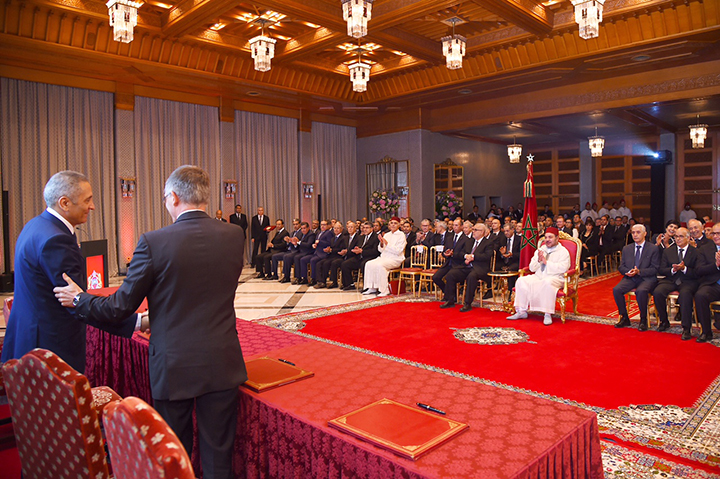 PSA has committed to a North African local sourcing target of 80% for production at its new plant in Kenitra, Morocco, set to be online in 2019
PSA has committed to a North African local sourcing target of 80% for production at its new plant in Kenitra, Morocco, set to be online in 2019Changing gear for growth
Outside Europe, PSA is pushing ahead in numerous locations. Among the most significant targets will be the Middle East and Africa region, where sales doubled in 2016 and are expected to increase rapidly over the rest of the decade. This year PSA will start output at the first of two major joint-venture plants in Iran – once Peugeot’s second largest market after France before sanctions forced it to pull out – where sales under licence have already accelerated since it re-entered the country in 2016.
By 2019, PSA will open a new plant in Kenitra, Morocco, to serve North Africa and European markets. Small local assembly operations will also begin over the next two years with partners in Algeria, Tunisia, Nigeria and Kenya.
Asia is another important region for expansion. In 2016 PSA opened its fifth Chinese plant, in Chengdu, which was the fourth with joint-venture partner Dongfeng. PSA has also been exploring the potential of expanding in South-East Asia with Dongfeng, including exports from China, and local assembly in Vietnam.
Meanwhile, PSA has confirmed that it put in a bid for Malaysian OEM Proton which would give it capacity and access to the ten-member trading bloc in the region. Proton also owns UK-based sports car manufacturer Lotus. The outcome of the bid was still awaited at the time of writing.
PSA has also announced new joint ventures in India with Birla Group to build plants with capacity for 100,000 vehicles and powertrain units by 2020, as the carmaker makes another attempt to break into the subcontinent.
Across this expanded regional and global network, designing the supplier and transport networks will be paramount. “We are simulating different scenarios through inbound and outbound network design and optimisation to concretely implement logistics,” says Francesca Gamboni.
The supply chain group will also contribute to the competitiveness of new plants and projects by helping to design supplier networks, including a goal to ramp up supplier localisation. In Morocco, the carmaker has set a target of sourcing 80% of parts locally in North Africa. In other major locations, it has an aggressive target of 85% localisation by 2021.
Plants in France are already above that level, with 93% of parts sourced in Europe, and may even benefit from some increases in low-cost country sourcing, as outlined in the ‘Push to Pass’ strategy. However, the carmaker’s factories in South America, Asia and Russia have lower localisation levels and are expected to increase significantly, depending on market conditions. Gamboni says that supply chain teams work with local suppliers to plan their capacity and assess their performance.[sta_anchor id=”3”]
“We will take into account the reality of each [region] in its actual contribution of local added value,” adds Gamboni.[sta_anchor id=”4”]
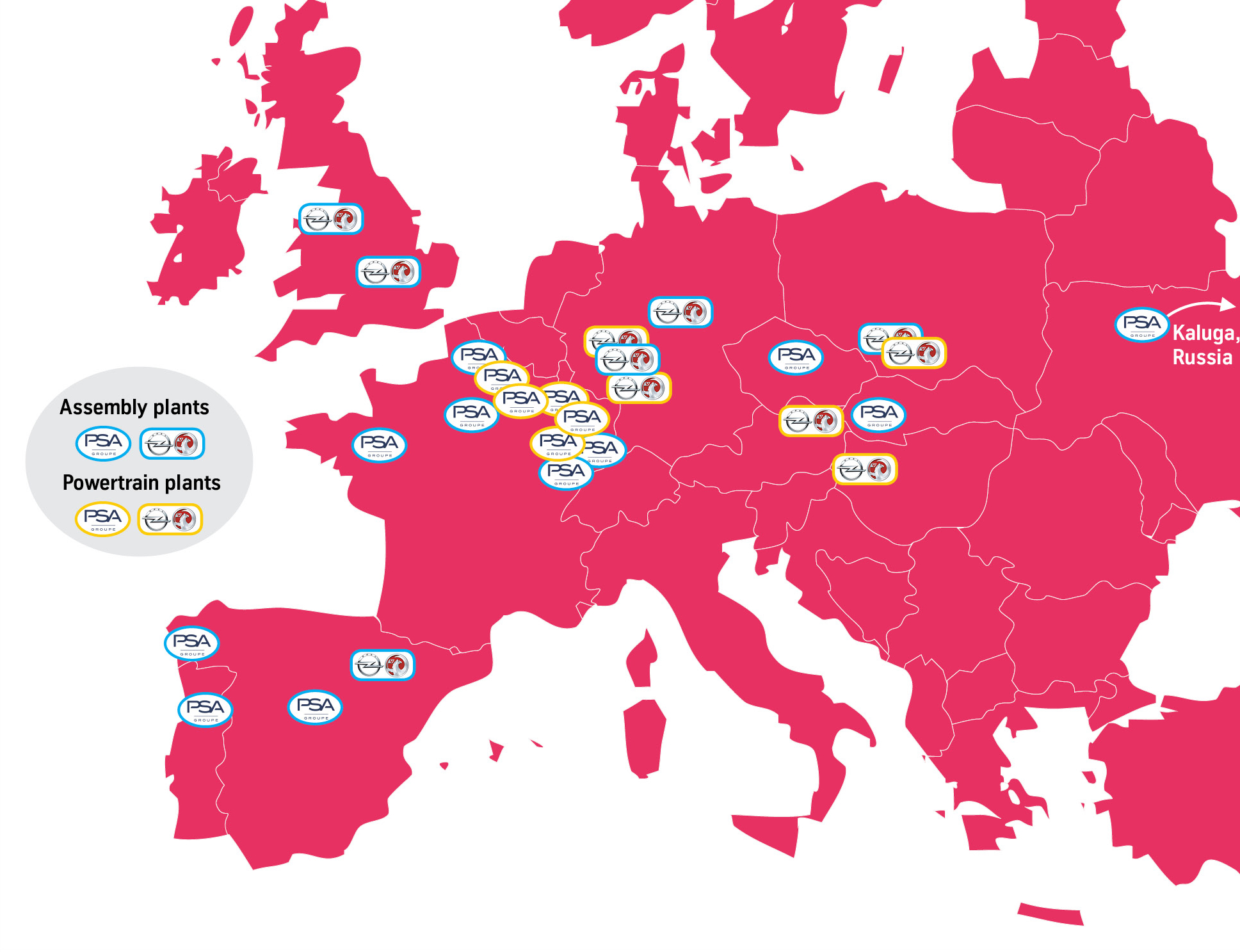 The logistics view from both sides
The logistics view from both sides
Gefco’s role in this growing supply chain will be important, especially in markets where it already has some assets and expertise on the ground. Its new contract does not include exclusivity for new markets, however it does give Gefco the opportunity to manage PSA’s supply chain in locations where the provider has the resources and capability to operate effectively. For example, PSA is opening new plants or expanding in a number of countries where Gefco already had a presence or was expanding, including in Africa and South Asia, where the company is present in Morocco and India, for example.
“PSA is opening new doors for us,” says Luc Nadal, Gefco’s chairman. “The new plant in Morocco will be part of our business, and we are working on a lot of new opportunities, including what PSA wants to do in Nigeria, Tunisia and the Iranian joint ventures.”
Gefco’s role in a tie-up with Opel could also be important to the supply chain, since it has served as GM Europe’s 4PL since 2013 and has deep insight into both OEMs’ inbound and outbound flows.
Already, where Gefco’s transport divisions have bid for business on outbound for both carmakers, Nadal says it has been able to offer either customer competitive rates on return truckloads or rail services. But there is also scope to go further, especially on inbound, where non-disclosure clauses have made it more difficult for parts to be combined in the same truck or warehouse. Nadal, for Gefco’s part, is waiting for the opportunity to make improvements.
“For Gefco, having PSA on one side and GM on the other, we know perfectly well the pros and cons of the two supply chains, and we think we are in a perfect place to offer the best from the two,” he says. “As per our contracts, we manage each OEM with a wall of privacy between them. As soon as they request help [in bringing logistics flows together], we will suggest ideas to combine the best of the two in logistics.”









